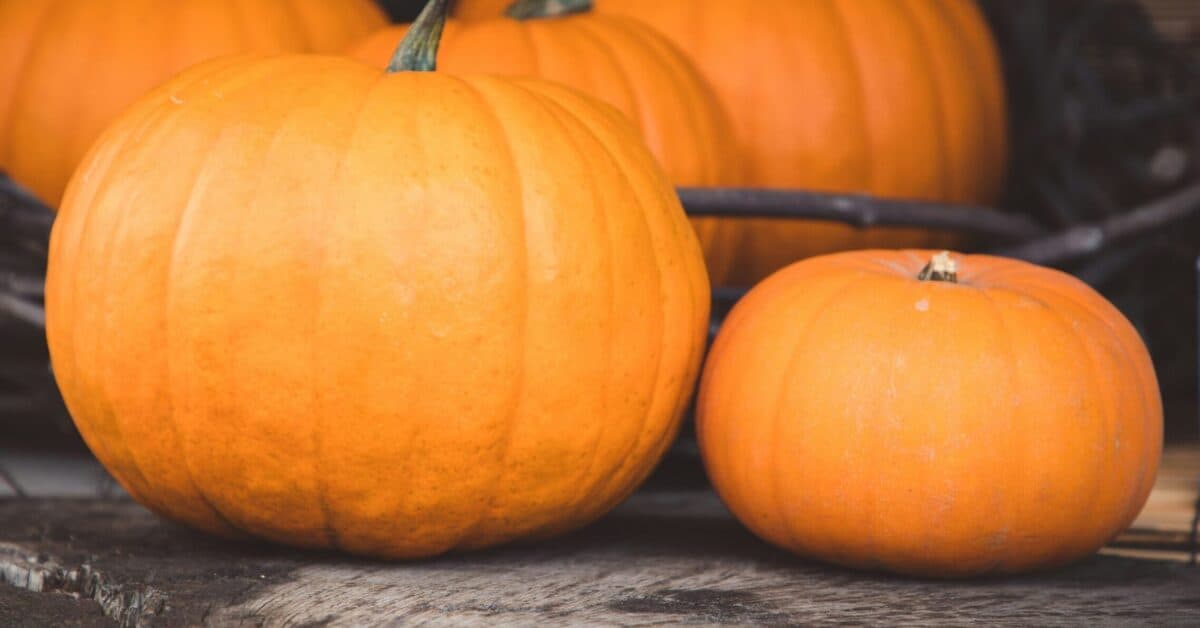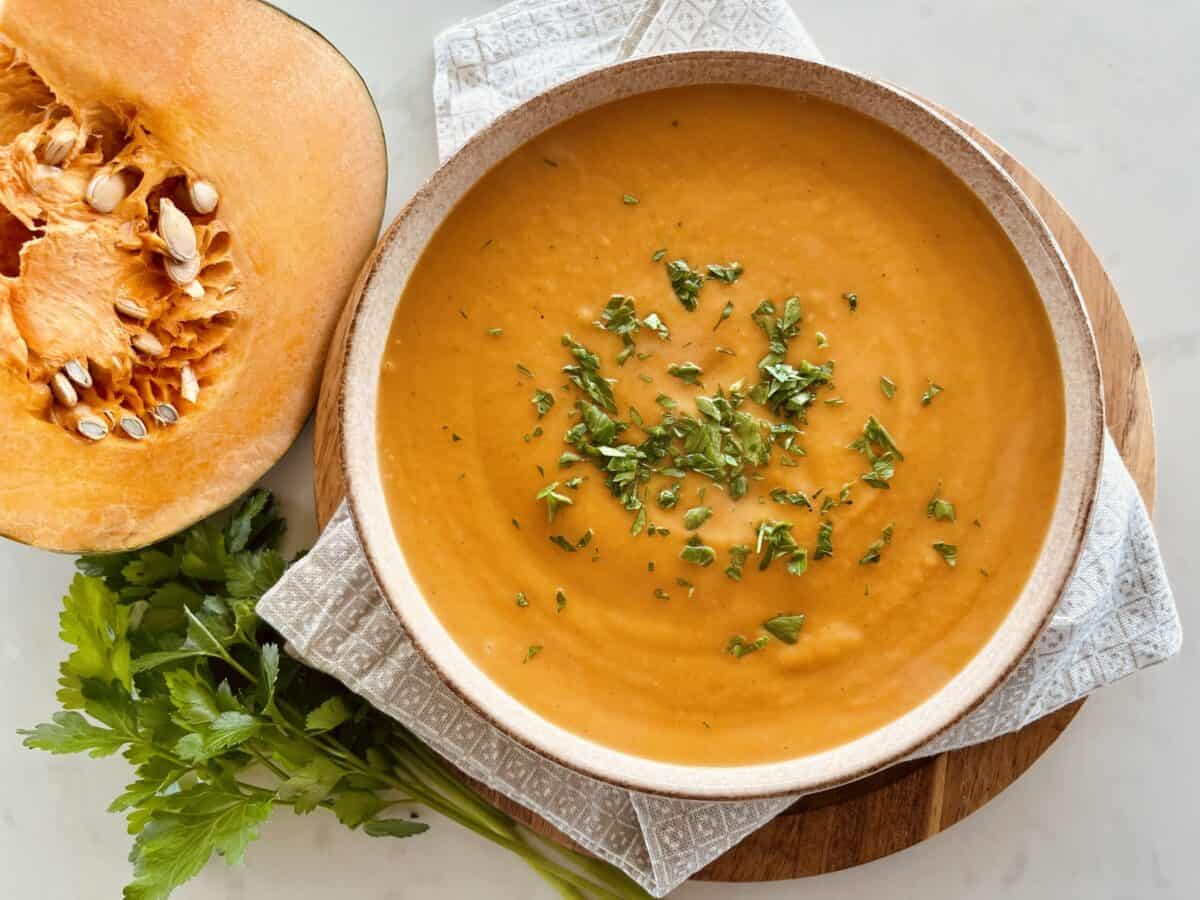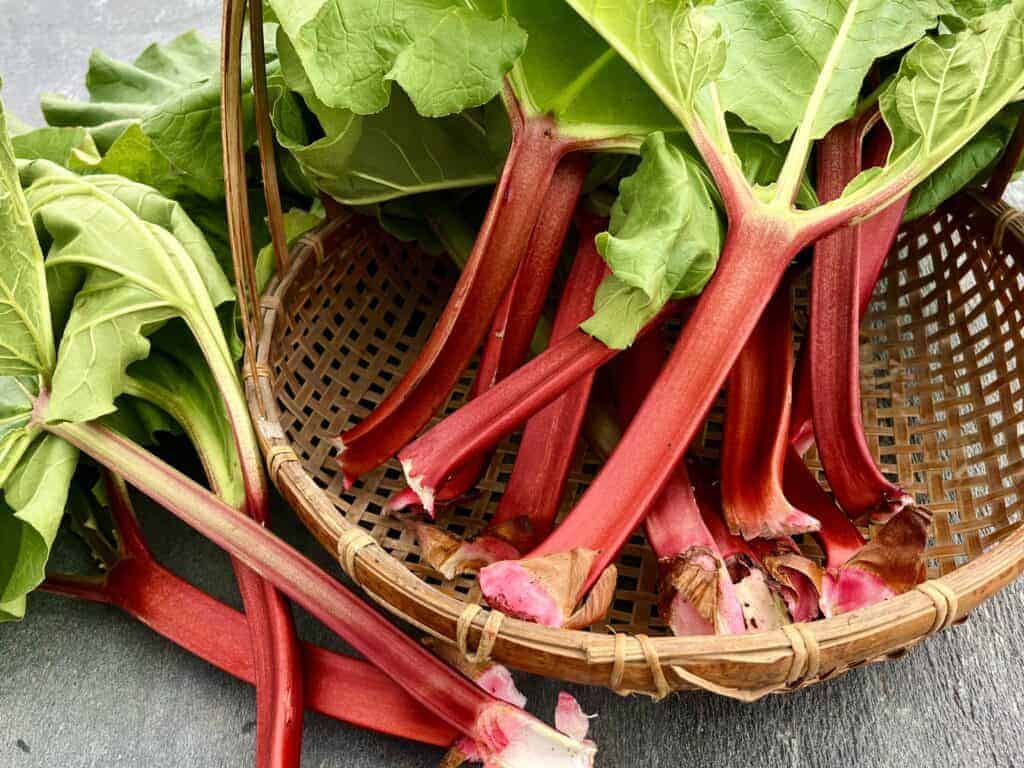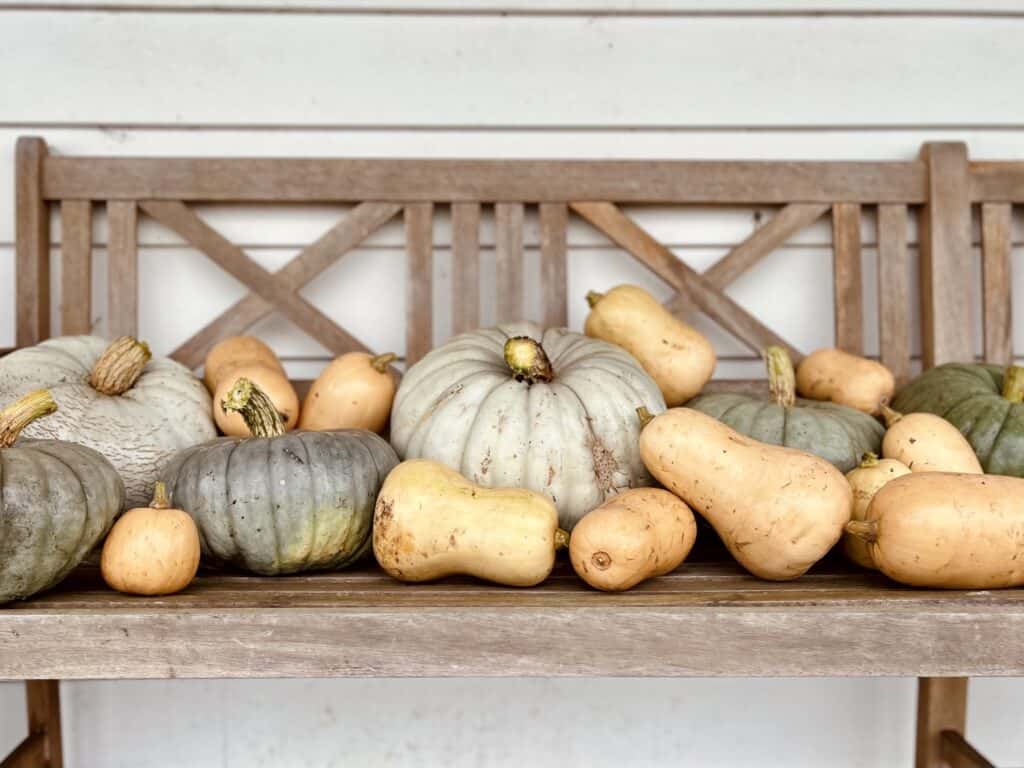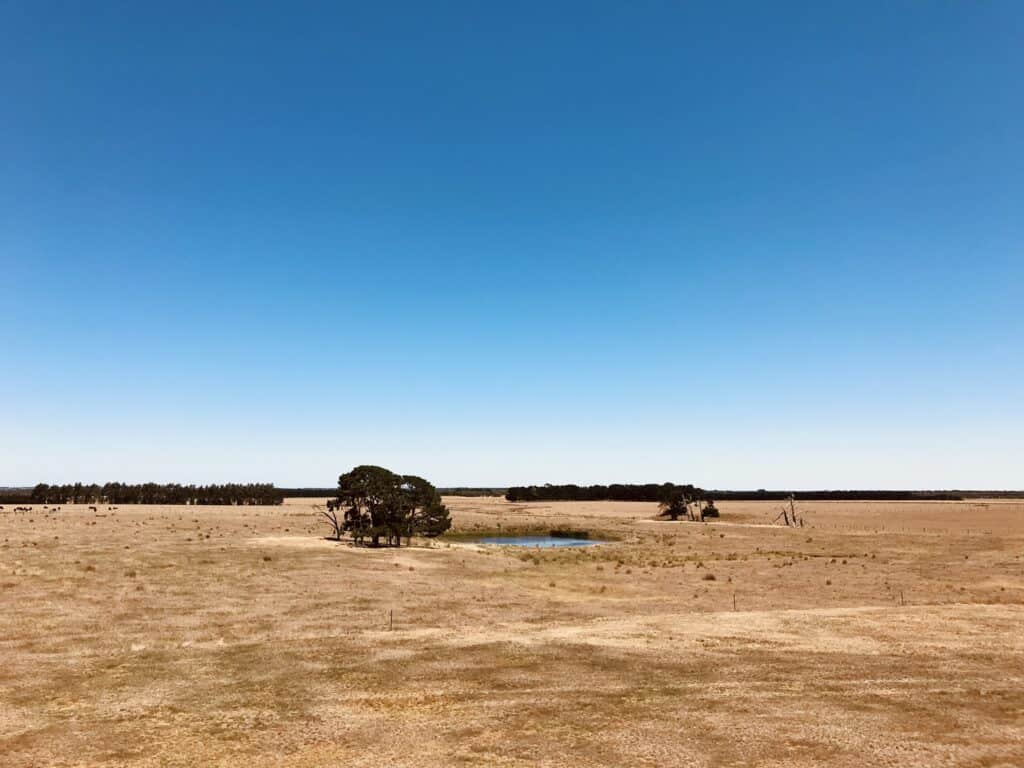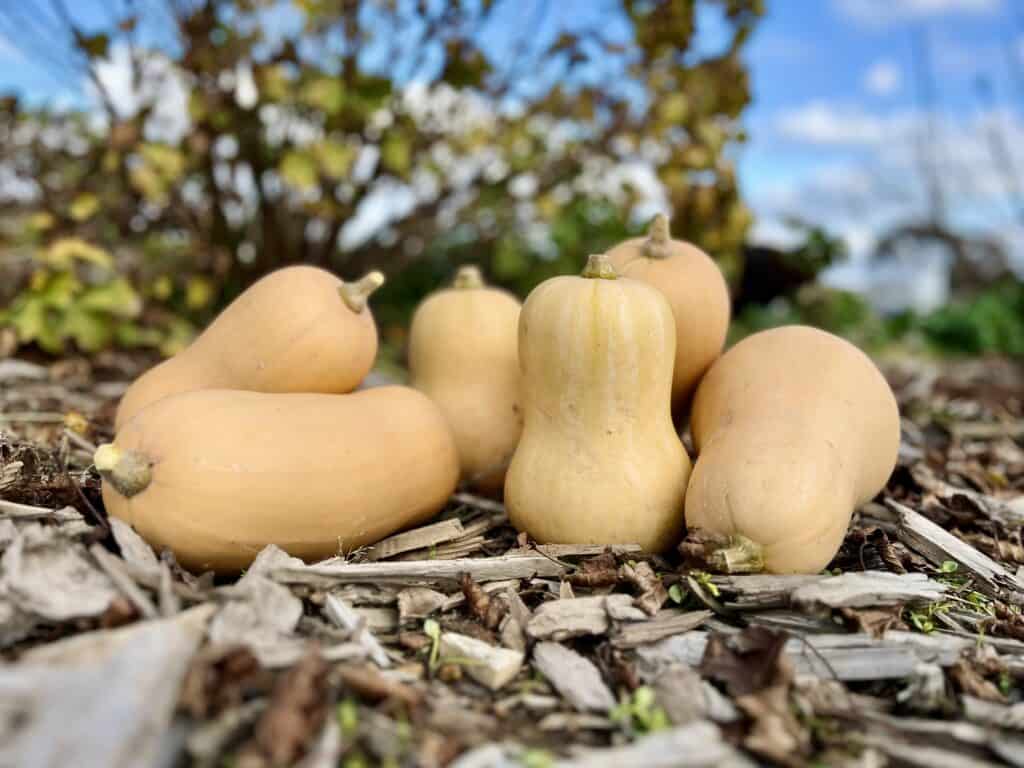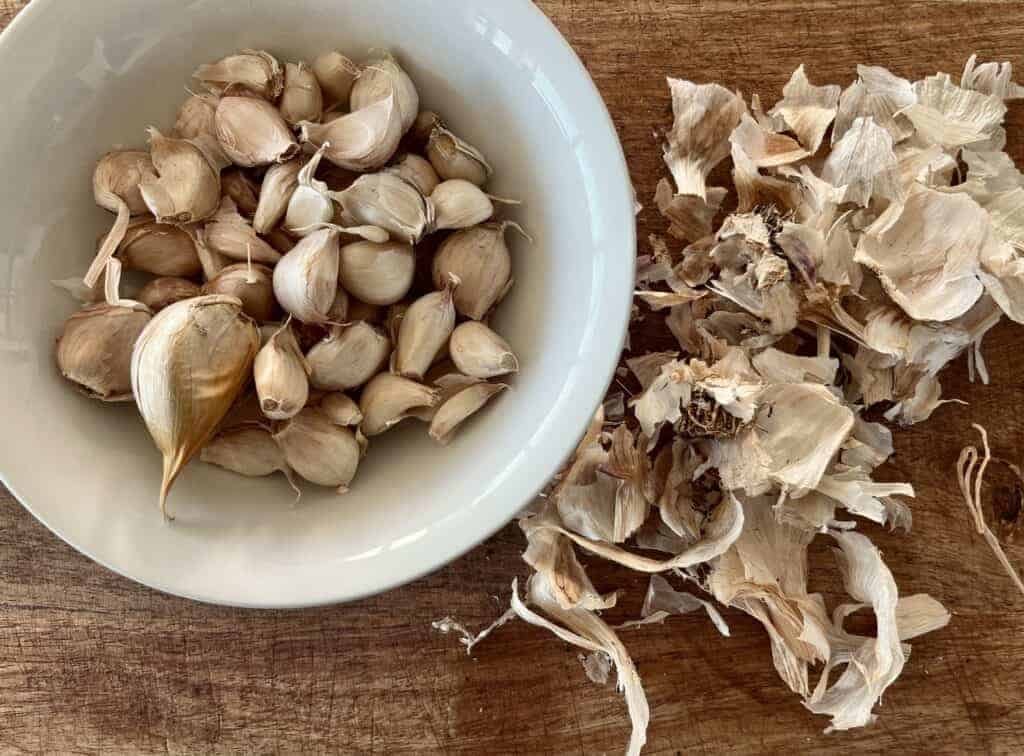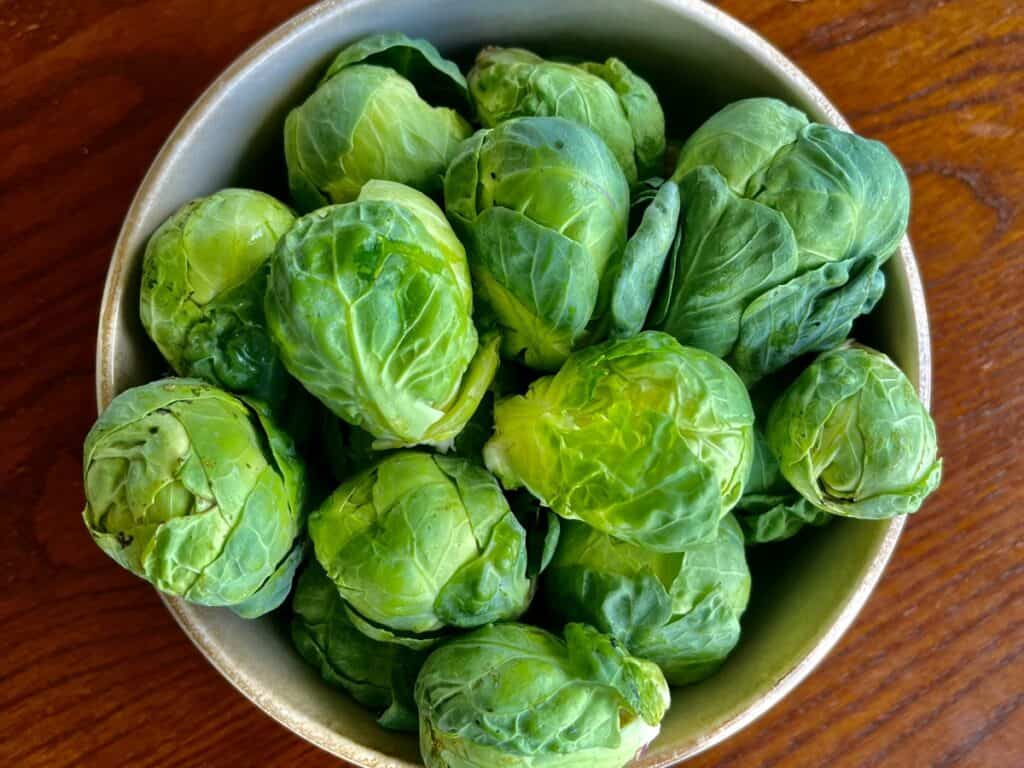How to grow pumpkin
Pumpkin is one of the oldest cultivated fruits in the world and it’s easy to see why their popularity never wanes. Adaptable to most soil types and climatic conditions, the pumpkin is easy to grow, produces delicious fruit and stores well for many months. Not to mention their versatility in the kitchen, from soup to pie, the pumpkin can do it all.
Follow this how to grow pumpkin guide for all the information you need to get started.
When to plant pumpkins
Pumpkins seeds are generally sowed in spring after the bulk of the cold weather has passed and harvested in Autumn once the fruits are mature and the skin has hardened. The exception to this rule is in tropical areas where seeds are sowed anytime from late summer to early spring. On average it takes pumpkins 3 months to reach maturity.
Use the following table as a guide to sow seeds in your climate zone remembering that most pumpkin varieties are a slow maturing fruit and sowing your crop as early as possible will provide the maximum opportunity for the fruit to ripen before the cold weather hits.
If planting seedlings hold off until the likelihood of frost has passed.
Unsure of which type of pumpkin you should add to your garden see my post on different Pumpkin Varieties to Grow.
How to plant pumpkins
Plant you pumpkins in an open and sunny spot in compost rich soil. Plants that receive at least 6 hours of sun a day will produce higher yields and larger fruit.
The pumpkin vine is a sprawling tangle of a plant with a single vine trailing up to 9 meters, ensure you allocate enough room for them to spread.
Pumpkins grow best in moist soil enriched with compost and aged manure, however, most varieties will grow and produce fruit even in average soil conditions. For the highest yield start preparing you soil through winter by adding compost.
Sow seeds, in groups of 2-3, 20mm deep and 60cm apart leaving at least 1m between rows. Water immediately and then continue to keep the soil moist but not wet. Germination takes place 1-2 weeks after sowing under the right circumstance. Seeds will remain dormant if the temperature is too cold.
If you live in a cold area and are subject to late frost you can sow seeds in a container inside a greenhouse or indoors before transplanting when weather permits.
How to tend pumpkins
Pumpkins like moist soil but not wet. Water only when the soil begins to dry out.
If you have improved your soil through fertiliser, compost and manure prior to planting your pumpkins shouldn’t require excess food. However, a slow release fertiliser or additional compost can assist growth. If no preparation was made to the soil then providing fertiliser during the growing season is important to increase yield and quality.
Pumpkin vines develop male flowers while young and as the season progresses will begin producing female flowers. Once both male and female flowers are present fruits will start to appear.
As fruit grows it is suggested to prop the fruit up of the soil, especially in wet conditions, to prevent the pumpkin rotting. This can be done simply with a layer of pea straw or old pavers.
Pumpkin vines can be drown vertically which can save considerable space in small gardens. If you do choose to use grow your vine over a trellis consider the weight of the variety you plant. A 5kg pumpkin can easily break a vine or pull over a trellis.
There are a number of pest and diseases that can affect your pumpkin crop which i talk to in my post on common Pumpkin Problems, Pests and Diseases.
When to harvest pumpkins
Pumpkins are harvested in autumn once the fruit matures and the skin hardens. Your aim is to leave the fruit on the vine for as long as possible for the flavours to develop to their best. The yellowing and dieback of the vines signifies harvest time is approaching.
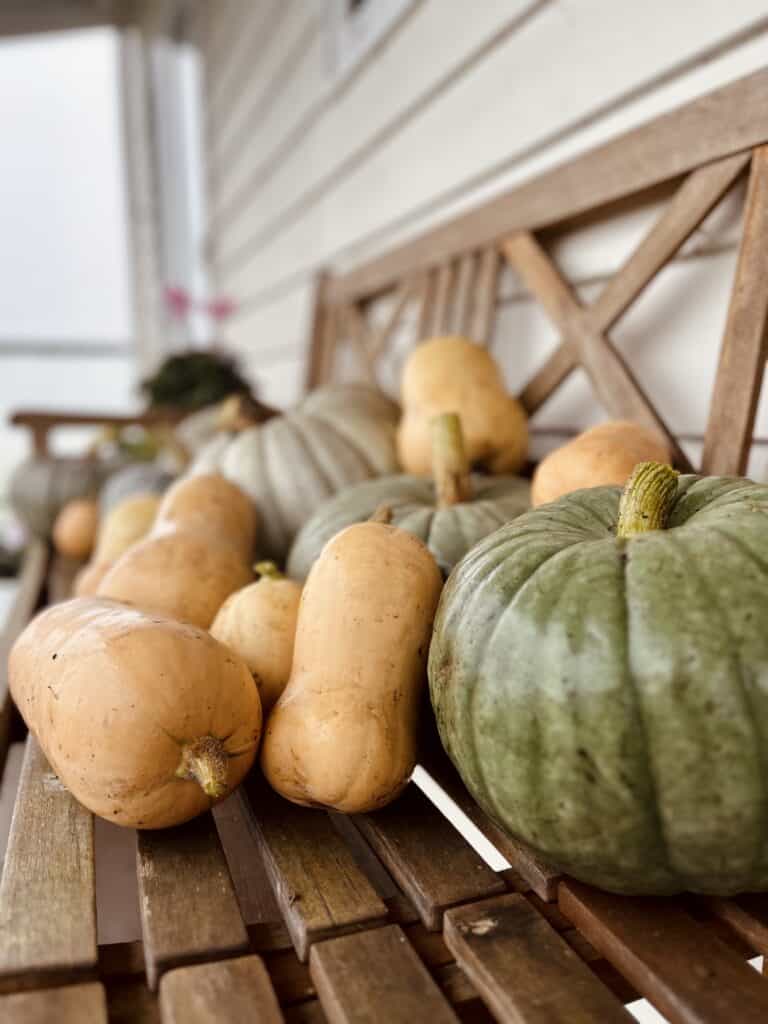
But don’t pick them in haste, as long as there is some life left in the vine the pumpkin will continue to sweeten. If there is a chance of frost you may need to harvest the fruit or cover with straw to keep the plant warm.
To check if a pumpkin is ready to be harvested give it a knock with your knuckles. If it sounds hollow and the skin is hard its ready for the picking.
Use a pair of sharp secateurs to cut the pumpkin from the vine leave a decent amount (5cm – 10cm) if stem attached to the fruit. The stem, referred to as a handle, assists the pumpkins storing quality.
Once harvested the pumpkins need to be cured to toughen their skin and stem ready for storing. Place the pumpkins in a warm position, preferably in direct sun, for a week to 10 days. Do not let them get wet over this period.
How to store pumpkins
After curing pumpkins should be stored somewhere cool, dry and dark with a stable temperature of around 7°C.
Stored under ideal conditions some pumpkin varieties like the Queensland Blue can store up to 6 months.
Pumpkin Recipes
Farmhouse Pumpkin Soup
Share
